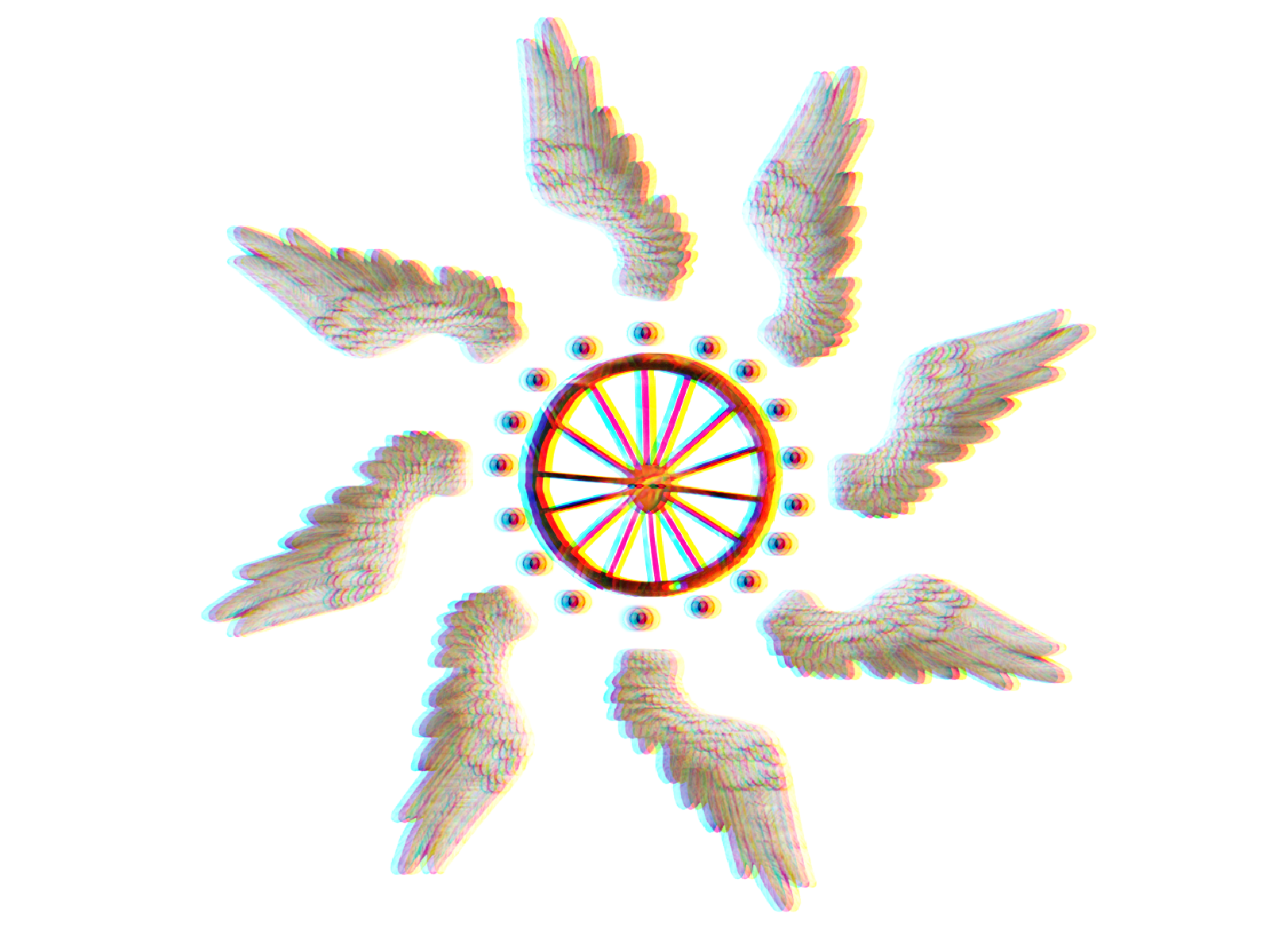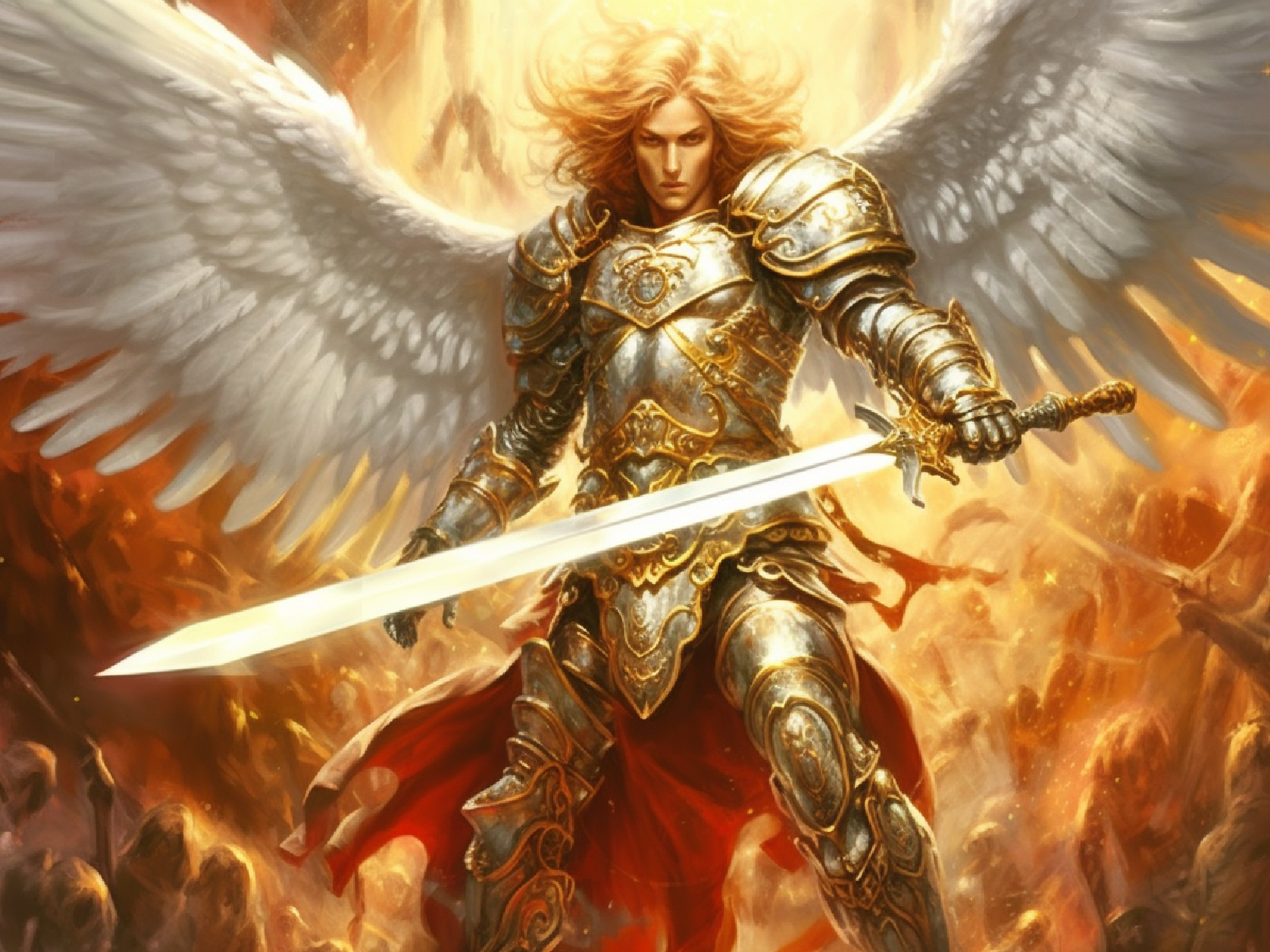Introduction
Angelology, the study of angels, has captivated the human imagination for centuries. These celestial beings, believed to possess supernatural qualities and serve as intermediaries between the divine and mortal realms, have fascinated various cultures, religions, and mythologies worldwide. From the comforting presence of guardian angels to the awe-inspiring descriptions of celestial choirs, angelology delves into these enigmatic beings’ nature, hierarchy, and significance. In this article, we will embark on a journey to explore the fascinating realm of angelology and shed light on its rich history and diverse interpretations.
Origin and Historical Context
The concept of angels traces its roots back to ancient civilizations, predating organized religions. Mesopotamian, Egyptian, and Persian cultures all embraced the existence of divine beings associated with particular aspects of life, such as protection, healing, and wisdom. These early beliefs set the foundation for the subsequent development of angelology within religious frameworks.
In the Abrahamic religions—Judaism, Christianity, and Islam—angels play prominent roles. They are depicted as messengers of God, tasked with delivering divine revelations, offering guidance, and performing miraculous deeds. The Hebrew Bible, or the Old Testament, presents various accounts of angelic encounters, including the fall of Lucifer and
the role of angels in the lives of prophets and kings.
Hierarchies and Orders
Angelology often incorporates intricate hierarchies and classifications to represent the diverse celestial beings. Though varying across traditions, these hierarchies provide a framework to understand the organization and functions of angels. One of the most influential systems is derived from Christian theologian Pseudo-Dionysius the Areopagite’s work, “Celestial Hierarchy.”
According to Pseudo-Dionysius, angels are divided into three spheres, each consisting of three orders. The highest sphere comprises Seraphim, Cherubim, and Thrones—entities primarily focused on contemplating God’s divine presence. The second sphere includes Dominions, Virtues, and Powers, responsible for overseeing cosmic order and maintaining the natural world. Finally, the third sphere comprises Principalities, Archangels, and Angels, who act as intermediaries between the celestial
and human realms, carrying out specific tasks and protecting individuals.
Roles and Attributes
Angels are assigned various roles and attributes, reflecting their diverse functions and responsibilities. They are often seen as messengers, acting as conduits between heaven and earth. In religious texts, angels bring divine messages, guide and protect individuals, and even engage in battles against malevolent forces. They are believed to possess immense power, yet their purpose is aligned with serving and carrying out the will of the divine.
Angels are often depicted as benevolent, compassionate beings, providing comfort, guidance, and protection to those in need. They are associated with qualities such as purity, righteousness, and wisdom. In art, angels are depicted with wings, symbolizing their ability to traverse between realms and their spiritual nature.
Contemporary Perspectives
While angelology remains an integral part of religious traditions, it also captures the imagination of many beyond the realm of faith. Contemporary interpretations of angels encompass a broad range of beliefs, from the existence of guardian angels offering personal protection to New Age concepts of angelic beings assisting in spiritual growth and healing.
Angelology has also inspired literary works, music, and art throughout history. From Dante’s Divine Comedy to Milton’s Paradise Lost, the portrayal of angels has influenced and shaped human creativity and
cultural expression.
Conclusion
Angelology, the study of angels, delves into the captivating realm of celestial beings that bridge the gap between the divine and the mortal. With its rich history, diverse interpretations, and significant roles in religious and cultural contexts.










0 Comments